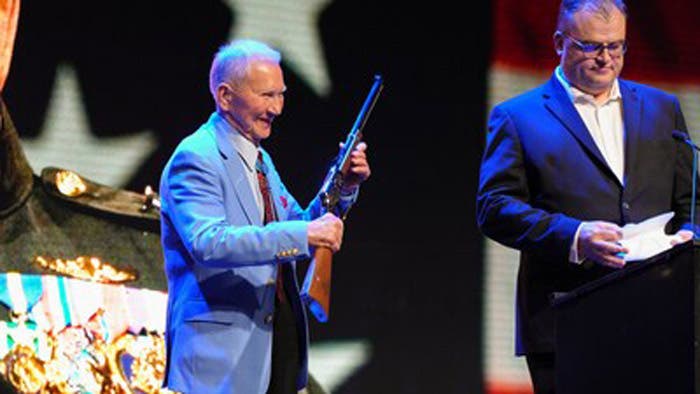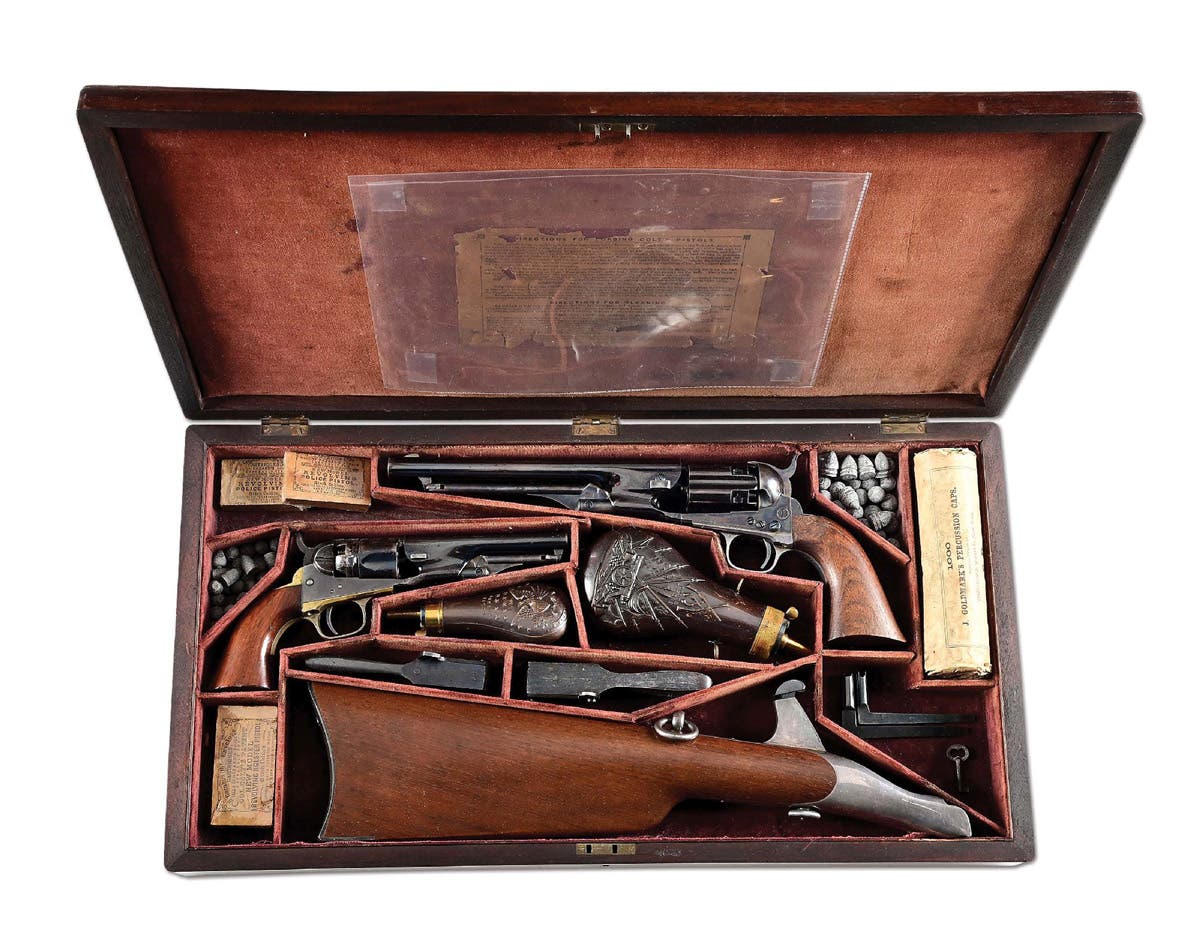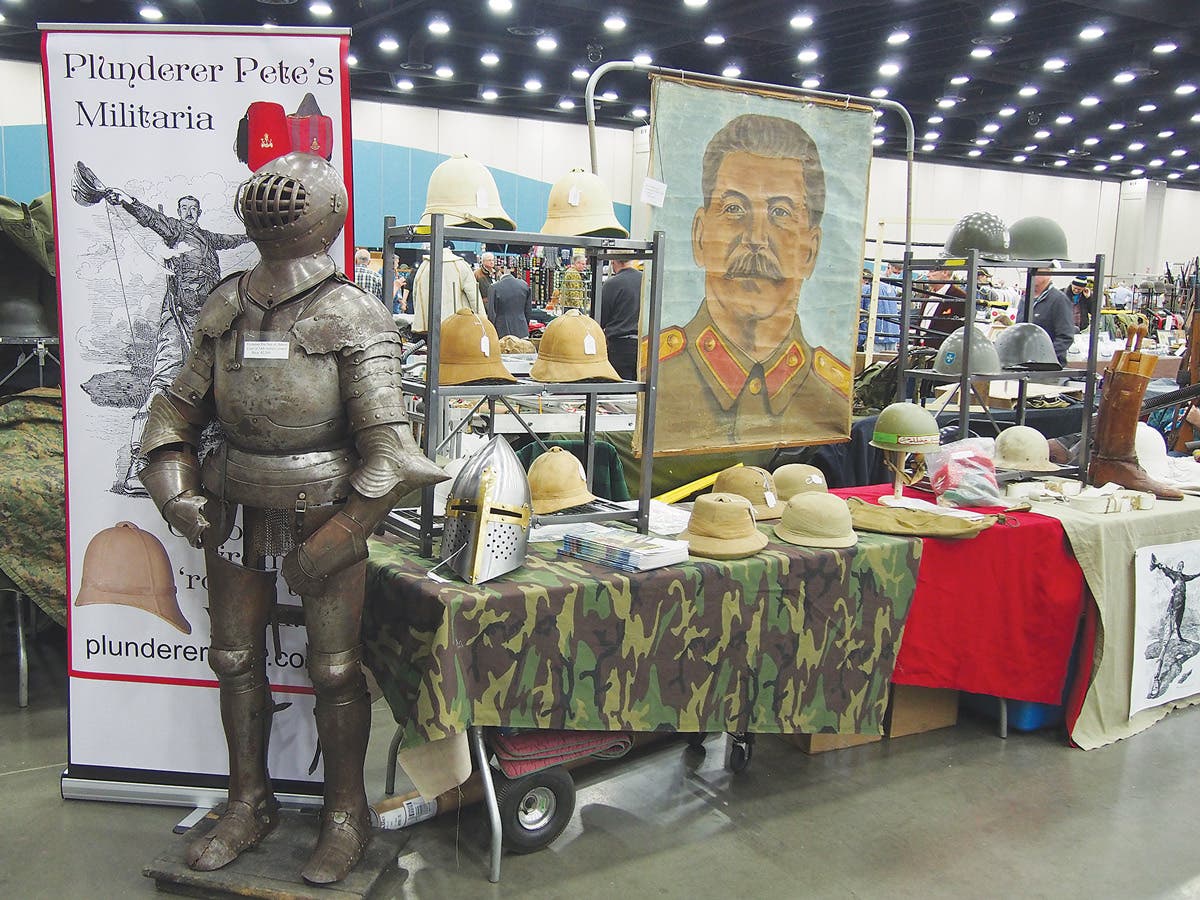My First Grouping
I grew up in a Mayberry-like existence. The town in which my family lived numbered only about 1,200 people. My dad and mom owned one of three grocery stores. We…
I grew up in a Mayberry-like existence. The town in which my family lived numbered only about 1,200 people. My dad and mom owned one of three grocery stores. We lived between the church we attended on one side and the county’s courthouse on the other. Everyone in town knew us and we knew all of them.
Our first grocery store was an 1870s wooden building with big windows and set-in front door. In the summer, the main door was open and just the screen door kept dogs and flies from entering.
Like most grocery stores at that time, we let our customers buy “on account” and we made daily deliveries. Dad drove a 1962 Chevy Impala, which the family referred to as the “red goose”. In addition to being the family car, it was our “delivery vehicle”. Since I was only five years old, I didn’t have too many daily tasks at the store apart from sorting pop bottles. However, on Mondays, Wednesdays and Saturdays, I would go delivering with my Dad.
Around two o’clock on delivery days, Dad would load the red goose’s trunk and back seat with the orders customers had phoned in earlier. Then it was time to go. We didn’t take off our aprons (cloth affairs—Dad had a special way of hiking mine up so I wouldn’t trip on it), but we would pull on our coats over it. I always felt that was the “appropriate” uniform for making deliveries. We would crawl into the front seat (a bench seat, no seat belts), and Dad would let me turn the ignition to start the goose (no key was needed!).
Our delivery customers were generally the same folks each week—usually widows or elderly folks who simply couldn’t get out to the store. I knew that every Saturday, we would go to Mrs. Tippman’s house. I didn’t like that delivery. Mrs. Tippman was obviously quite poor. Her house was tiny—only the front room and her bedroom, separated by a blanket. She took care of her severely handicapped adult daughter, who, to a five- year-old boy, was very intimidating. To top it all, the house had the smell of confinement. I figured Mrs. Tippman never left the house.
Dad knew I didn’t like going into that house, but each time we delivered there, he made sure there was something I had to carry in as well. Mrs. Tippman would meet us at the door and I usually went in first. I would set my load on her table. Dad followed and placed the big box on stove and made small talk while Mrs. Tippman dug in her coin purse for the payment.
I would simply stare at a photo on their kitchen table—in part, to avoid eye contact with Mrs. Tippman’s daughter. The photo was of Mr. Tippman, standing at attention in his WWI uniform. Mr. Tippman had died many years earlier, but this photo commanded a place of prominence in the tiny home.
An Unexpected Gift
The delivery scenario repeated itself through the years. By the time I was ten years, my Dad and Mom had built a new, state-of-the-art steel grocery store (the old wooden store burned when I was six), the red goose was gone (replaced by a huge, dark blue Chrysler station wagon that the family called “The Tank”), my duties at the store emerged to carry-out boy and shelf stocker and we still made deliveries three times a week.
Every Saturday’s deliveries still ended at the same home—Mrs. Tippman’s. Of course by that time, Dad had impressed upon me the importance of talking to everyone, no matter how uncomfortable I was. So, when Mrs. Tippman opened the door for us, I greeted her and commented on the weather. But this particular Saturday, the routine was different. After Dad set the box of groceries on the stove, Mrs. Tippman disappeared behind the curtain into the little house’s other room.
She came out carrying a World War One uniform on a coat hanger. She explained how it was the uniform her husband wore when he came home from France. She remembered how handsome he looked and how relieved she was that he was home.
Mrs. Tippman knew how much I liked military things. I had studied the photo of her husband on the table countless times. In my efforts to “make conversation”, I had commented on the photo and asked questions about her husband.
She handed me the uniform and told me she wanted me to have it. I was flummoxed. I didn’t know what to say or how to act. Without considering my options, I embraced Mrs. Tippman and kissed her on the cheek. I thanked her for the uniform and promised to take good care of it.
Young Regrets
I took the uniform home. My mom wouldn’t let me take it in the house...folks from the WWII generation have funny ideas about “contaminated woolen goods”. She was afraid it would introduce moths into our home. So, it hung in dryer cleaner bag in our garage. As I recall, the uniform had a First Division patch, Victory Medal and fouragere. I never really examined it that closely, though. At that time, my interests were engorged in WWII study.
By the time I was eighteen, I had graduated at our store to “butcher”, though every Saturday, I still had to take the deliveries. Dad didn’t go on these anymore. He had suffered a heart attack so he wasn’t able to do too much around the store. He relied on his kids to take care of a lot of the day-to-day operations.
Mrs. Tippman had passed away and her daughter was placed in the nursing home. But every Saturday, my delivery route took me right passed her little house—now sitting empty.
Because I was able to drive, I started attending gun shows whenever I could. The only “military” show I knew about was one that occurred annually in St. Paul, called the “Battlefield Show”. I purchased a table and got busy looking for things to sell.
Of course, in my search through all of my early military accumulations, I came across Sergeant Tippman’s uniform hanging in the garage. I figured since I couldn’t take it in the house, I might as well sell it.
At that time, one was lucky to sell a doughboy uniform set for $35. It sat on my table all weekend and no one looked at it. At the end of the show, I took it over to the show organizer’s table and asked if he would be interested in a trade (yes, I actually believed in trading back then!). He said sure, and I swapped it for a handful of Hitler Youth trinkets.
At the time of the trade, I had no idea that nearly thirty years later, I would be typing a “blog” about how much that first grouping really meant to me.
Treasure the connections your relics provide,
John Adams-Graf
Editor, Military Trader and Military Vehicles Magazine
John Adams-Graf ("JAG" to most) is the editor of Military Trader and Military Vehicles Magazine. He has been a military collector for his entire life. The son of a WWII veteran, his writings carry many lessons from the Greatest Generation. JAG has authored several books, including multiple editions of Warman's WWII Collectibles, Civil War Collectibles, and the Standard Catalog of Civil War Firearms. He is a passionate shooter, wood-splitter, kayaker, and WWI AEF Tank Corps collector.





